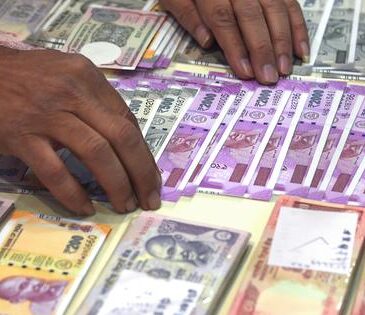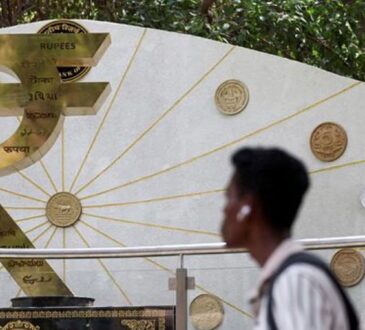The Indian economy stepped into fiscal year 2025–26 on a strong footing, reclaiming the top spot among emerging markets in April after a three-month hiatus, driven by a robust stock market rebound.
India led the Emerging Markets (EM) leaderboard with a score of 87 out of 100 in April, followed by the Philippines (68) and Thailand (59) in distant second and third places, respectively.
China, which had held the top rank in March, slipped to fourth in April as its exports, foreign exchange reserves, and market capitalization weakened amid ongoing tariff tensions with the US.
Read this | Global equity markets not pricing in a severe downturn just yet, says Nomura’s Karkhanis
India jumped two places from third the previous month, buoyed by the best stock market performance among its EM peers and a relatively strong rupee. These two factors had weighed on India’s recent performance amid market volatility. However, in April, market capitalization rose 5.7% month-on-month, reversing a 2.2% decline in March. Similarly, the rupee appreciated 1.1% in April, compared with a 0.7% gain the month before.
Read this | FPI assets top $800 billion after 4 months as markets rebound on eased trade worries
GDP growth and the manufacturing purchasing managers’ index (PMI)–the two strongest indicators for India–remained the best among all EM peers, bolstering India’s position.
The Philippines retained the second rank as its GDP growth was among the highest in the March quarter. Its currency also stayed stable, with a 1% on-month gain in April. Thailand claimed the third rank, backed by the highest export growth among EM peers. Its inflation remained under control, and the currency stayed stable.
Also read | In charts: Retail inflation eases again, but signs of price pressures are there
Launched in September 2019, Mint’s Emerging Markets Tracker provides a summary of economic activity across 10 large emerging markets based on seven high-frequency indicators: real GDP growth, manufacturing PMI, export growth, retail inflation, import cover, exchange rate movement, and stock market.
The rankings are provisional as the scores will get updated once all latest data is available.
Methodology note: The tracker is a monthly summary of economic activity across nine large emerging markets based on seven high-frequency indicators. Latest available data is used. On each indicator, the best-performing economy gets a score of 100, the worst one gets zero, and the others get linearly-interpolated relative scores. A country’s composite index score is the simple average of its seven indicator scores.
Earlier, the tracker had a 10th country, Russia, but it has been dropped temporarily as some data has not been reliably available since the Ukraine war began.






